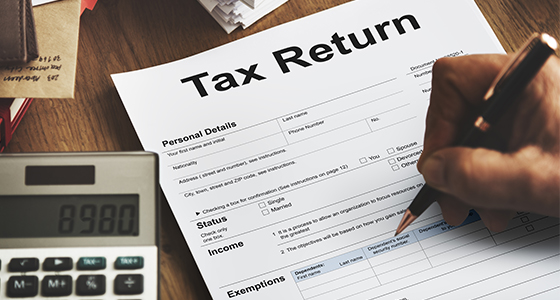A Step-by-Step Guide to Filing Income Tax Returns in Pakistan
Filing income tax returns is an essential aspect of financial responsibility for individuals and businesses alike.
We do not recommend to file your income tax return on your own, You should get in touch with a Chartered Accountant for filing . You can contact us in case you need help . Contact us

In Pakistan, the process may seem daunting, but with the right guidance, it can be manageable and even straightforward. Understanding the steps involved can help taxpayers navigate through the process efficiently. Let’s delve into a comprehensive guide on how to file income tax returns in Pakistan.
Step 1: Determine Your Taxpayer Category The first step in filing your income tax return is to determine your taxpayer category. In Pakistan, taxpayers are classified into different categories based on their sources of income, such as individuals, salaried individuals, self-employed individuals, companies, etc. Identify which category you fall into to ensure you file under the correct tax regime.
Step 2: Gather Required Documents and Information Before starting the filing process, gather all necessary documents and information. This typically includes:
- National Tax Number (NTN) certificate
- Bank statements
- Salary slips (for salaried individuals)
- Details of income from other sources (if applicable)
- Investment details (e.g., property, stocks, bonds)
- Receipts for tax-deductible expenses (e.g., charitable donations, medical expenses)
Having these documents and information readily available will streamline the filing process and ensure accuracy in reporting your income and deductions.
Step 3: Choose the Filing Method In Pakistan, taxpayers have the option to file their income tax returns manually or electronically through the Federal Board of Revenue (FBR) portal. Electronic filing, also known as e-filing, is the preferred method as it offers convenience and faster processing. Register on the FBR portal if you haven’t already and familiarize yourself with the e-filing process.
Step 4: Complete the Income Tax Return Form Once you’ve chosen the filing method, proceed to fill out the income tax return form accurately. The form will require you to provide details of your income, deductions, tax credits, and any taxes already paid during the tax year. Take your time to ensure all information is entered correctly to avoid discrepancies.
Step 5: Review and Verify After completing the income tax return form, review it carefully to ensure accuracy and completeness. Double-check all figures and calculations to minimize errors. Once satisfied, verify the return using your Digital Signature Certificate (DSC) or through the Electronic Verification Code (EVC) method.
Step 6: Submit the Return After verification, submit your income tax return through the chosen filing method. If filing electronically, you’ll receive an acknowledgment of submission, which serves as proof of filing. Keep this acknowledgment for your records.
Step 7: Pay any Outstanding Taxes If you owe additional taxes after filing your return, make sure to pay them within the stipulated deadline to avoid penalties and interest charges. You can pay online through the FBR portal or at designated bank branches.